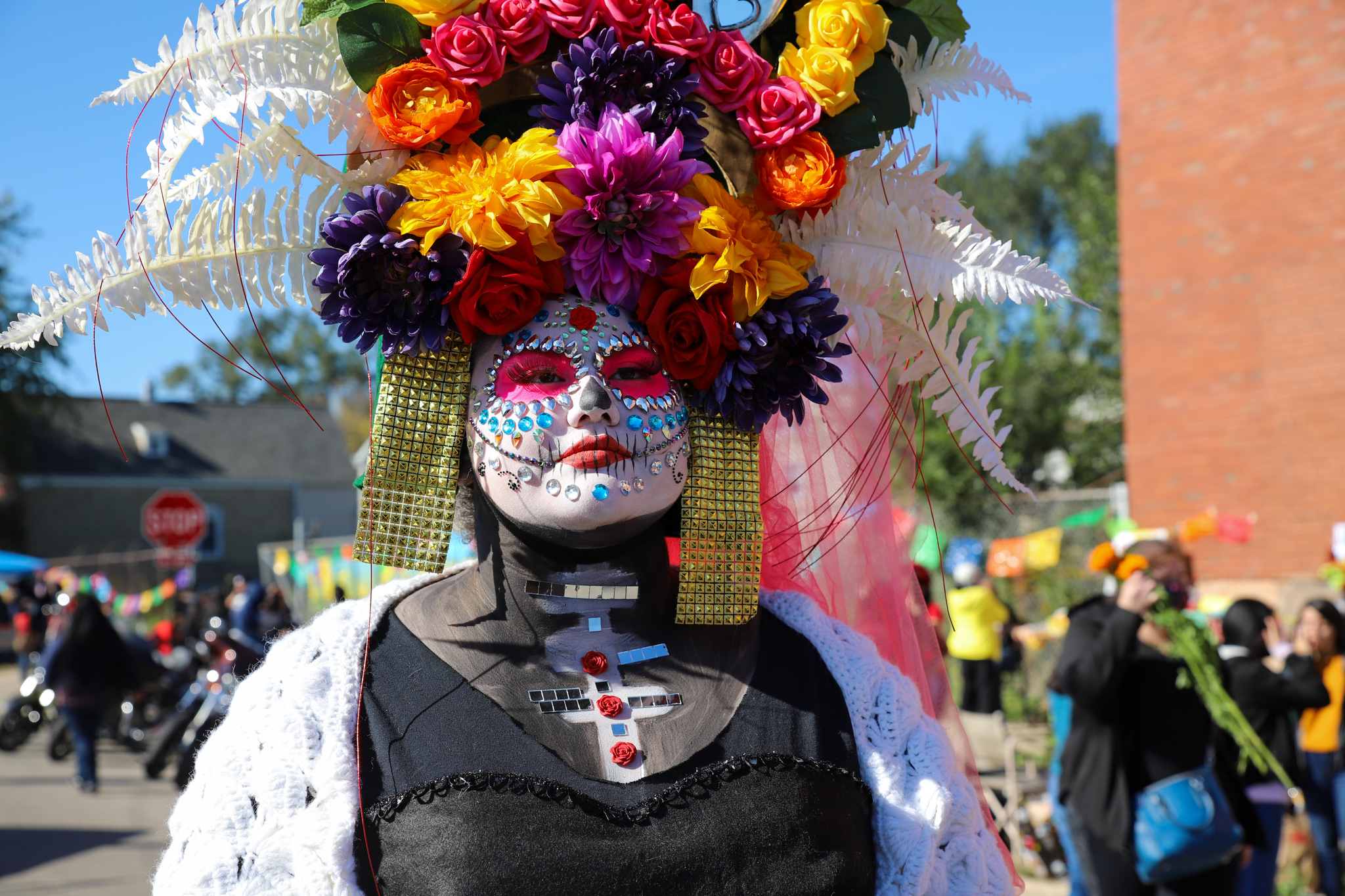
Yitlali Morfin woke up at 6 a.m.on Saturday to celebrate Day of the Dead, a holiday she says she has celebrated by dressing up as a Catrina for 12 years, ever since she was six years old. Morfin says the costume takes about three hours to set up prior to heading to the Back of the Yards Day of the Dead Procession, now in its tenth year.
“I love doing this,” Morfin said. “I love being with the people, making everybody happy. And we’re all celebrating together.” Because of the COVID-19 pandemic, Morfin and her family did not get a chance to go out to big celebrations and instead opted to stay at home for Day of the Dead the year before.
For many Mexicans, Day of the Dead is a way to celebrate the lives of people who have died. The Catrinas are not meant to be scary and are instead seen as a way for the living to honor the dead.
Ofrendas, or altars, are set up by many Mexicans in Mexico and in Chicago and adorned with items that the dead enjoyed while they were alive. In the procession, trunks of cars were set up showing off ofrendas with pictures to honor dead family and friends accompanied with drinks, sweets and bread that their dead loved ones used to enjoy.
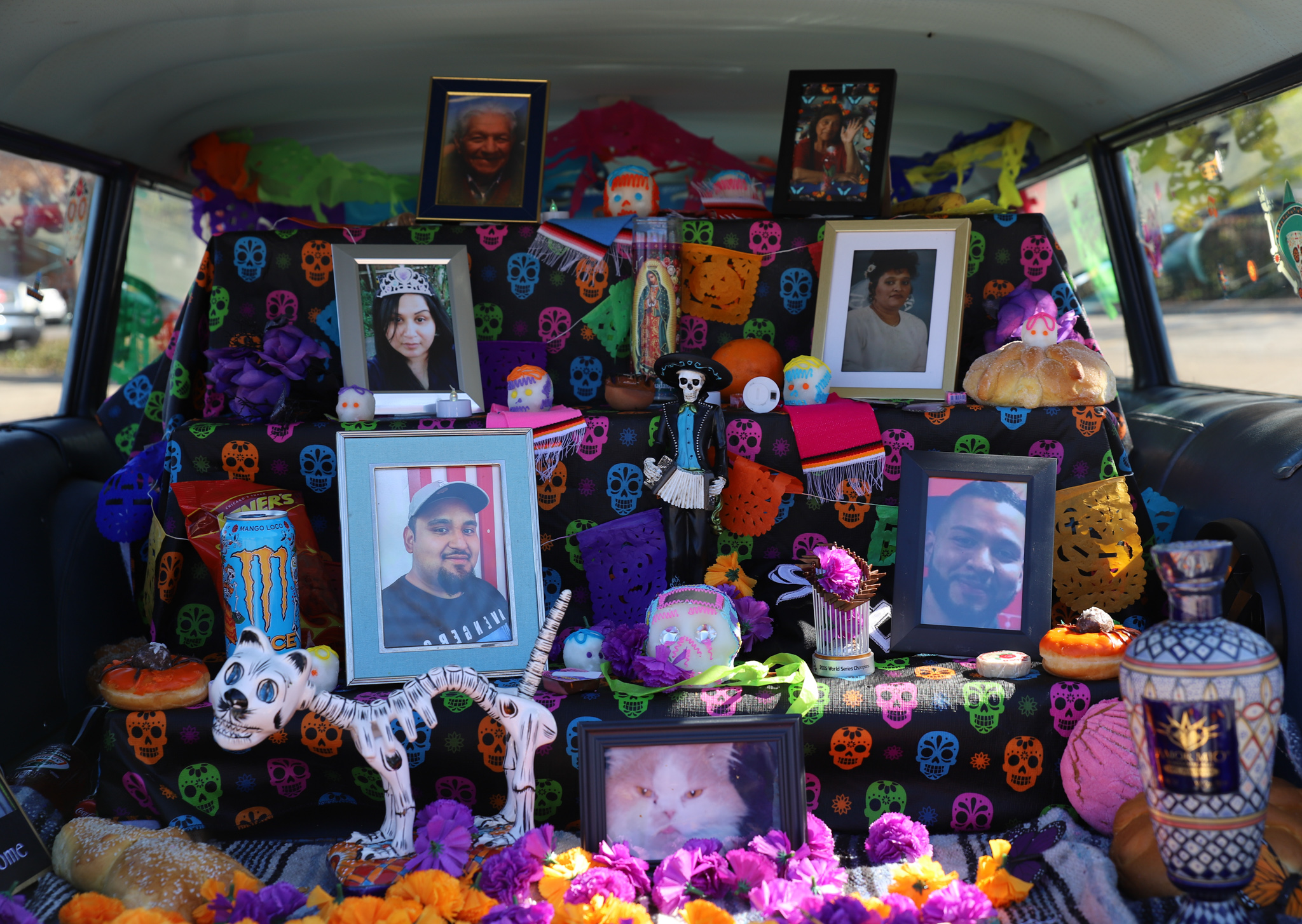
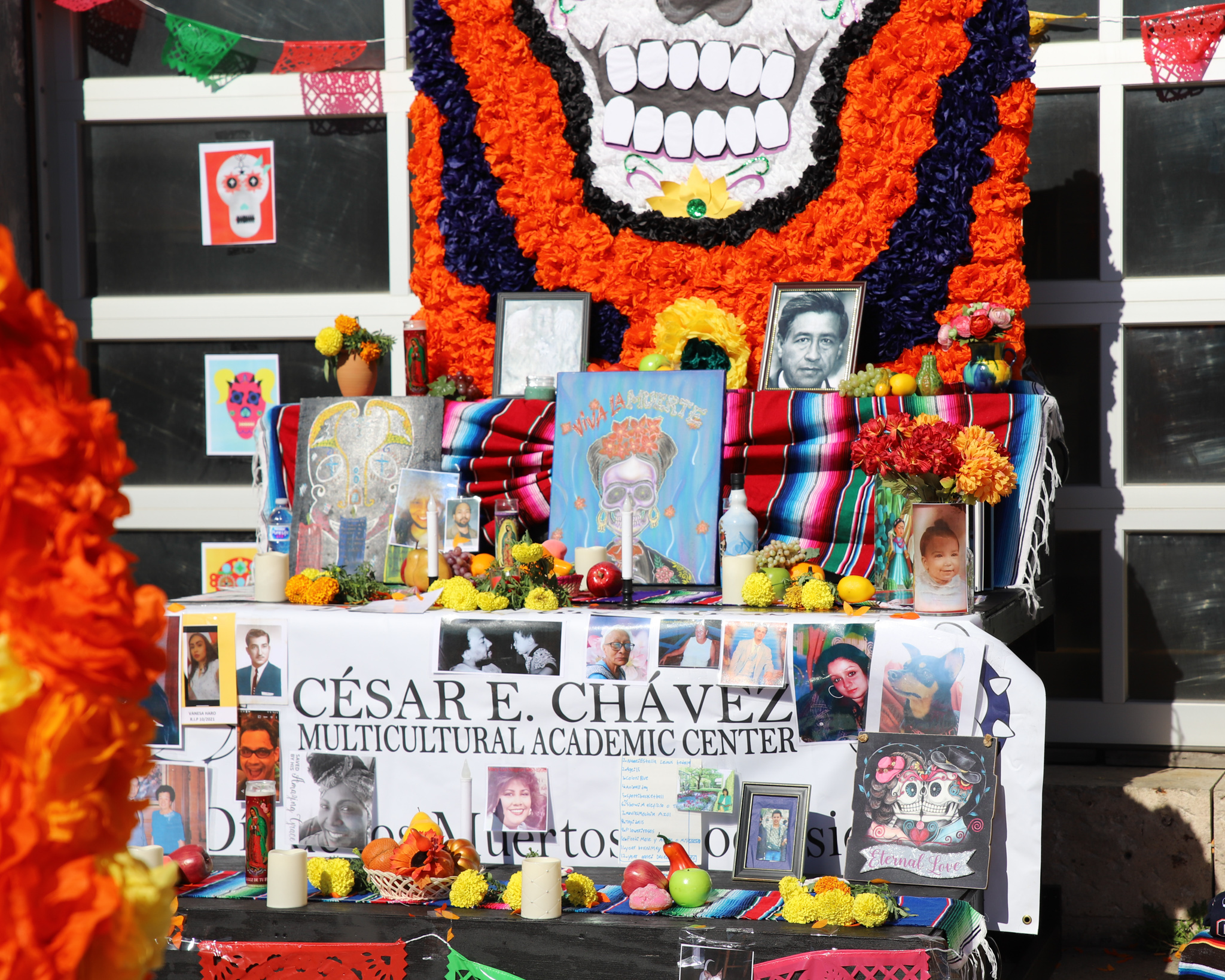
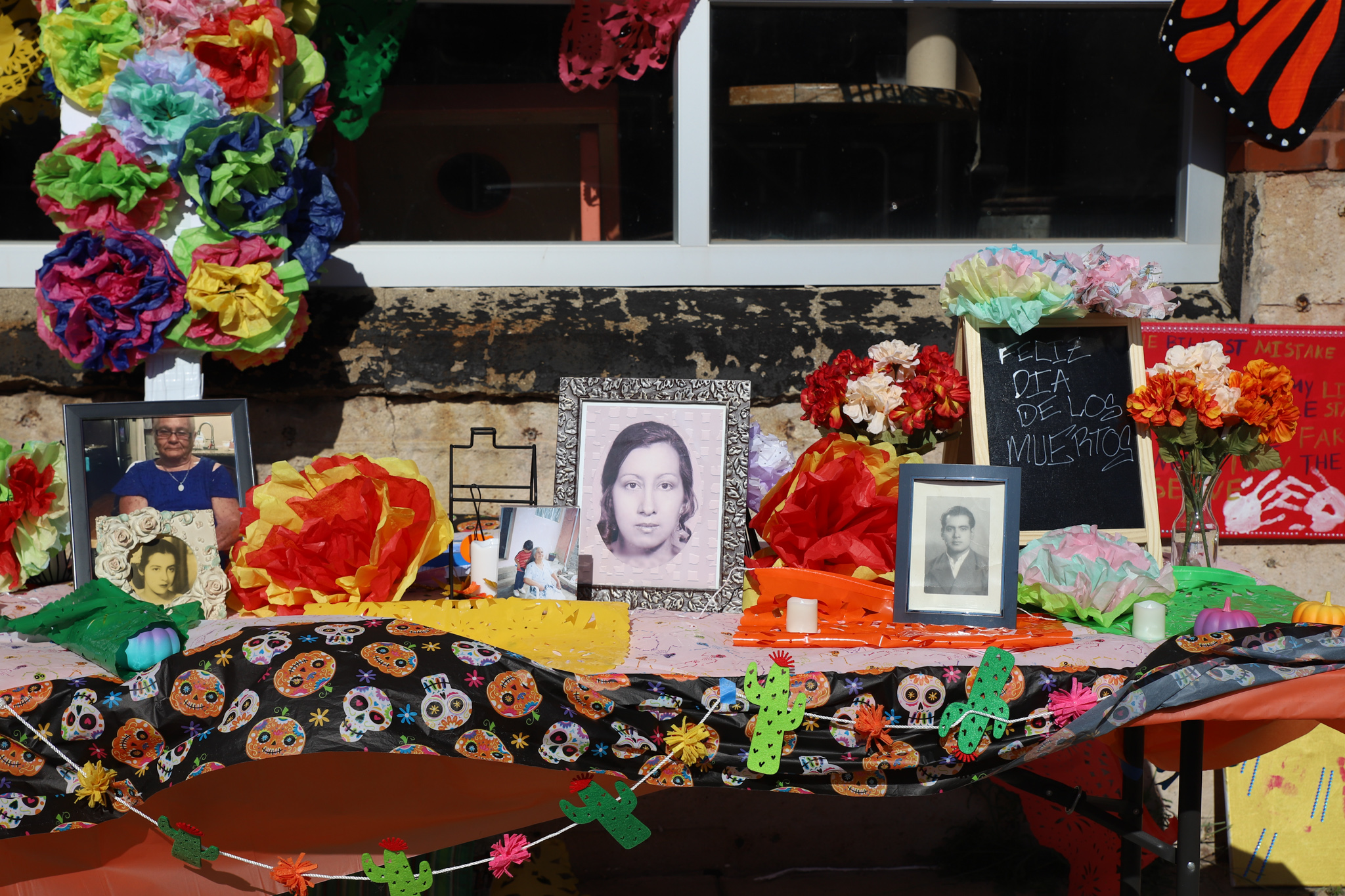
The honoring of Day of the Dead also goes back many generations throughout Mexican history. At the celebration, Danza Azteca, a group dedicated to performing indigenous dances, practiced their ceremonies. Morfin, although not a dancer, was asked by Danza Azteca to present with the group so that she could show off her costume.
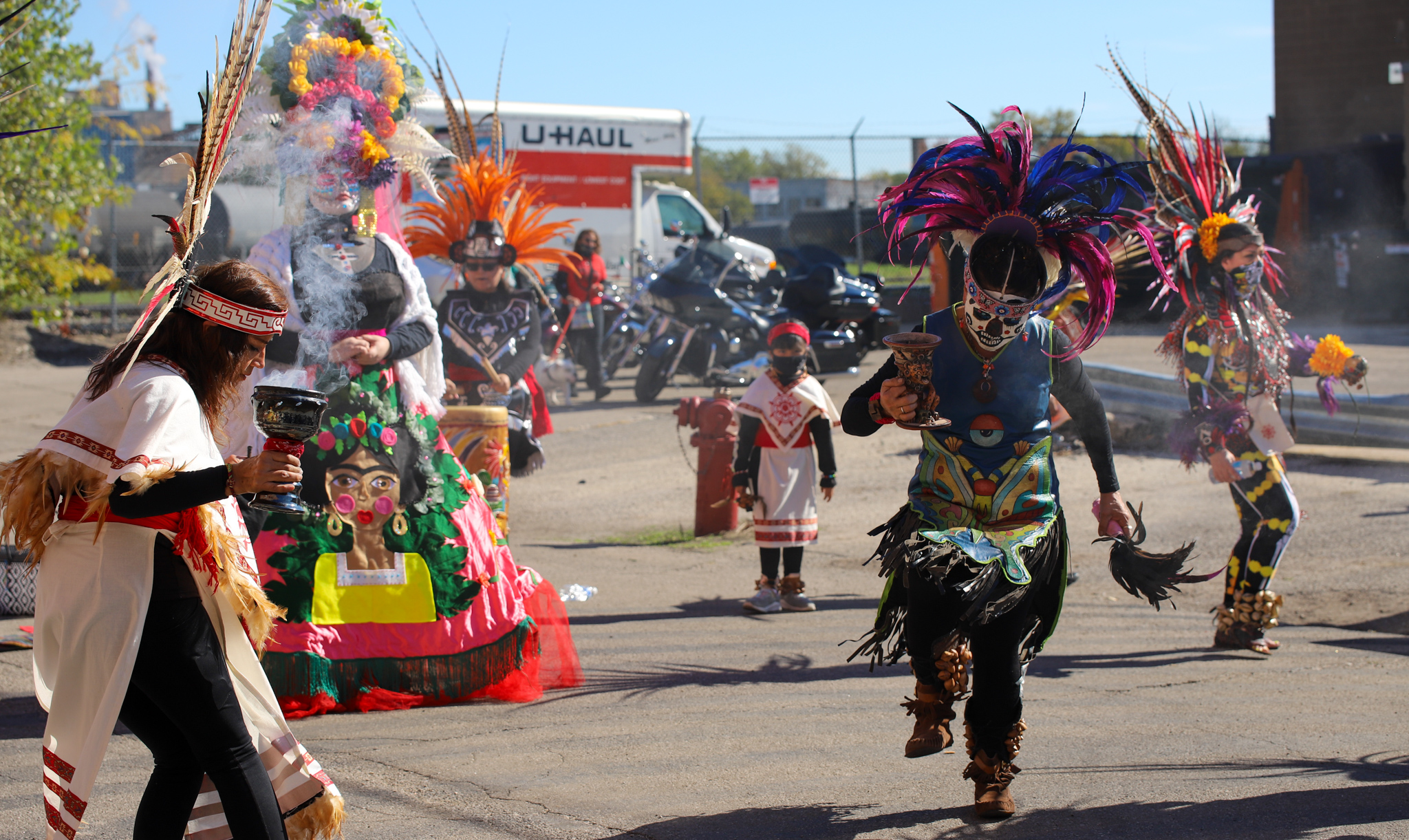
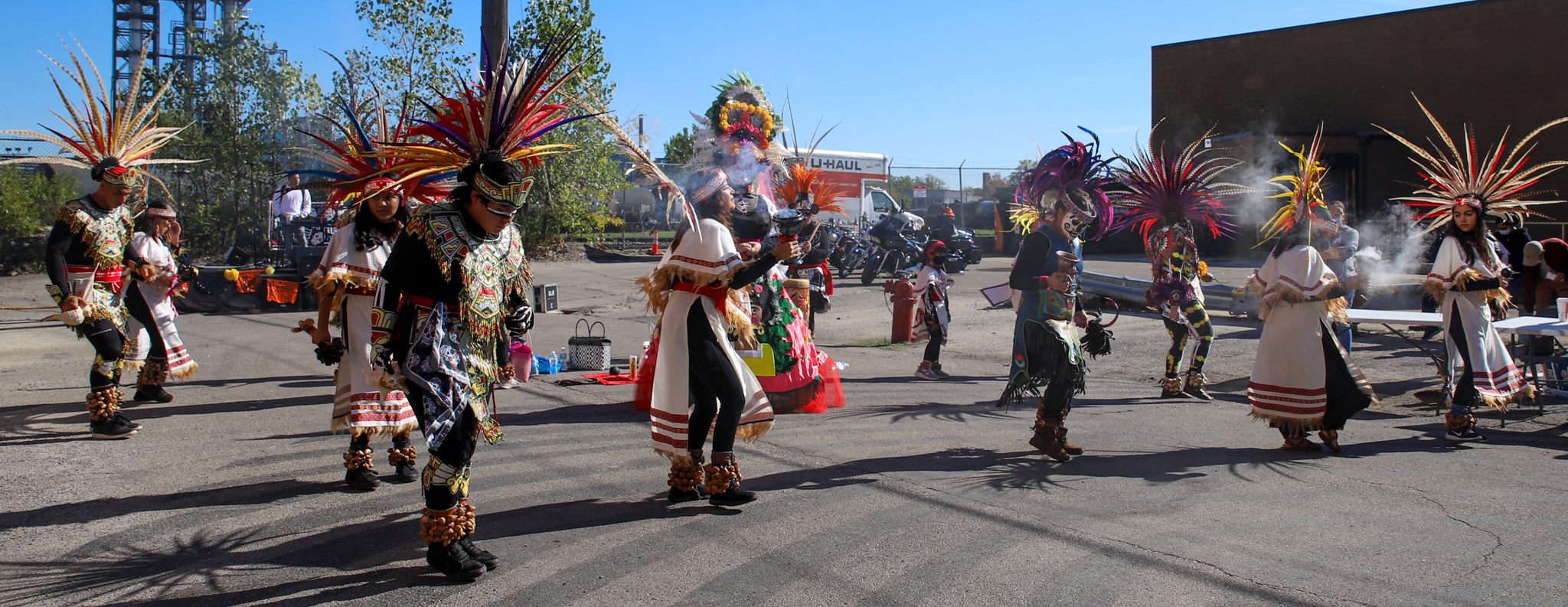


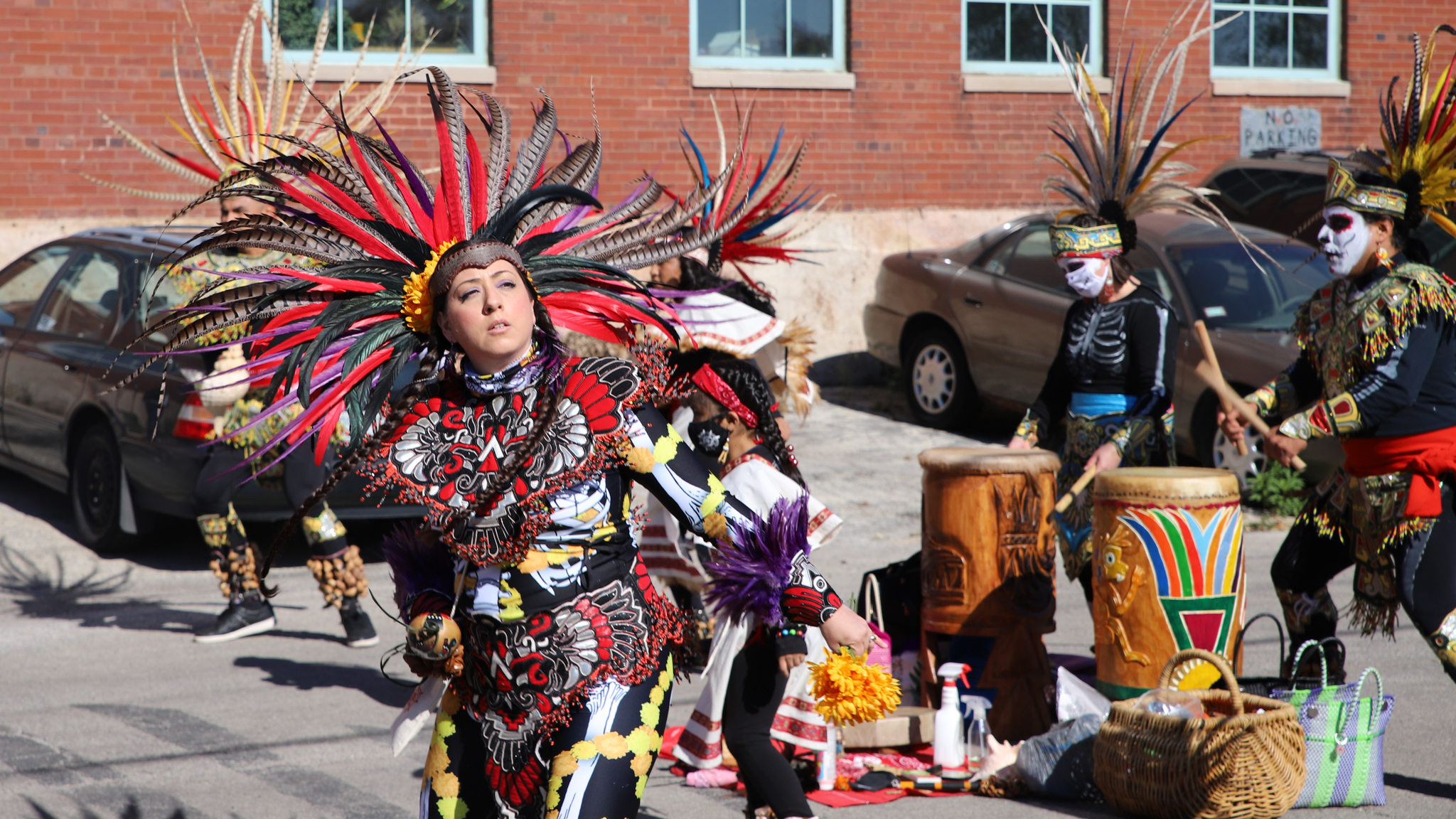
Heather Arellano Zapata, a dancer from Danza Azteca, says she feels at peace and has her energy centered while performing. “I can focus on my dance being a prayer to our ancestors. It’s my opportunity to give thanks and give respect to our ancestors,” she said.
Arellano says it’s that connection to her ancestors which makes Day of the Dead so personal. She said, “It’s really easy to have your energy swayed towards a way of sadness or mourning. And I think for us, we try to mourn the loss of our loved ones but also to celebrate them.”
“I feel like our loved ones would rather have us be happy and celebrate with them. To look down on us and see that we are joyful versus being sad and upset,” says Arellano. “I just try to always keep in mind that they’re always watching me.”
Danza Azteca was able to perform at last year’s Back of the Yards Day of the Dead celebration, but Arellano says she felt there was more unity this time around because it was safer for people to get together.
The procession kicked off a couple blocks south from the celebration, with bikers from several motorcycle clubs leading the way to where Danza Azteca performed and other groups showed off ofrendas and created art.
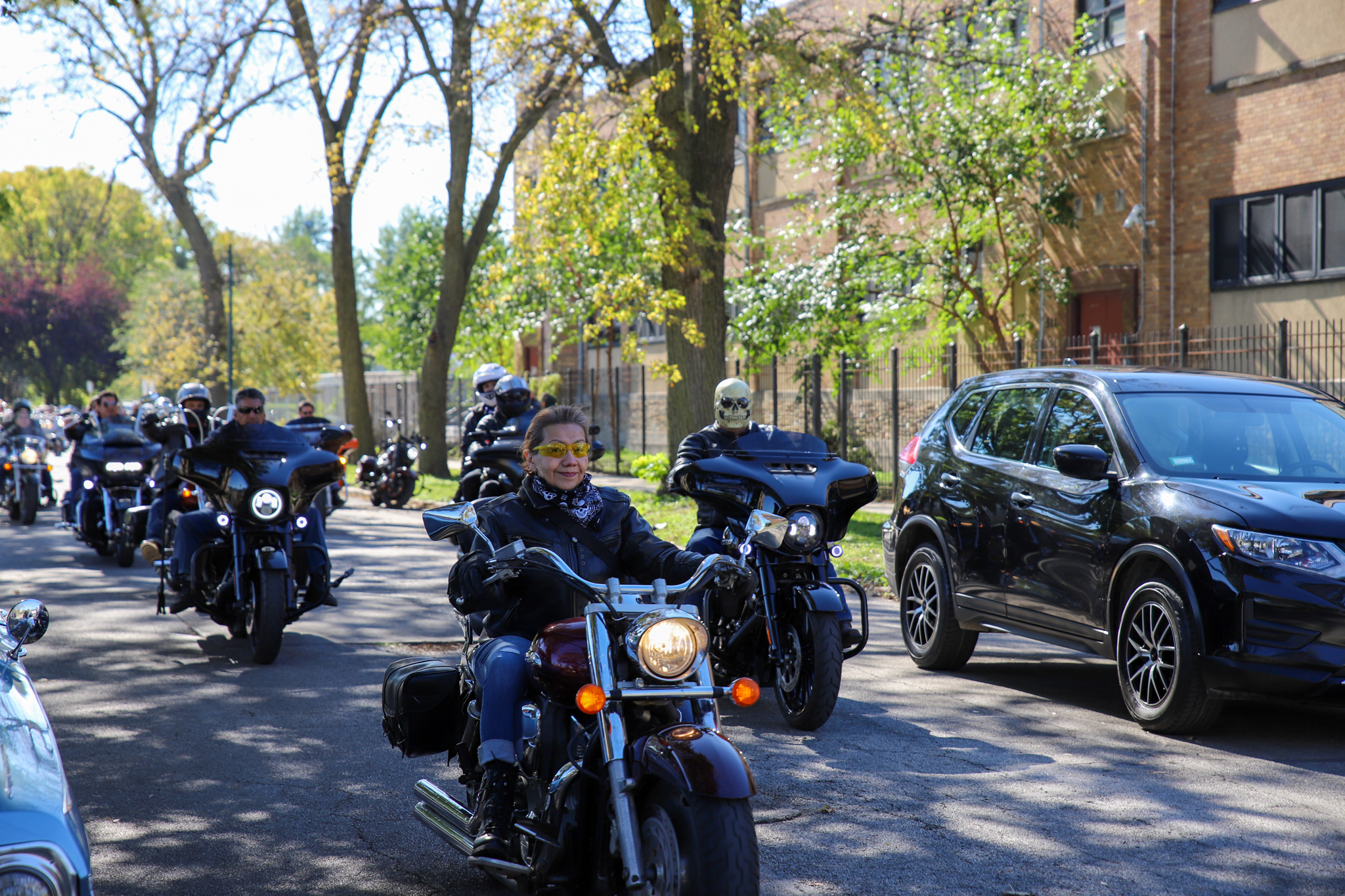


When they arrived at the celebration, members of Danza Azteca were able to perform a ritual with bikers from across different clubs where the dancers burned herbs to kneeling bikers in a ritual to bless the bikers.

Victor “Greñas” Melendez, a biker from the Midway Chapter of the Latin American Motorcycle Association, has been participating with the association in the procession for about five years. The ritual he says is a blessing used to protect the bikers.
“It’s a ritual that our ancestors did. It cleans your soul. It makes you feel better about yourself. It protects you out on the road, said Melendez.
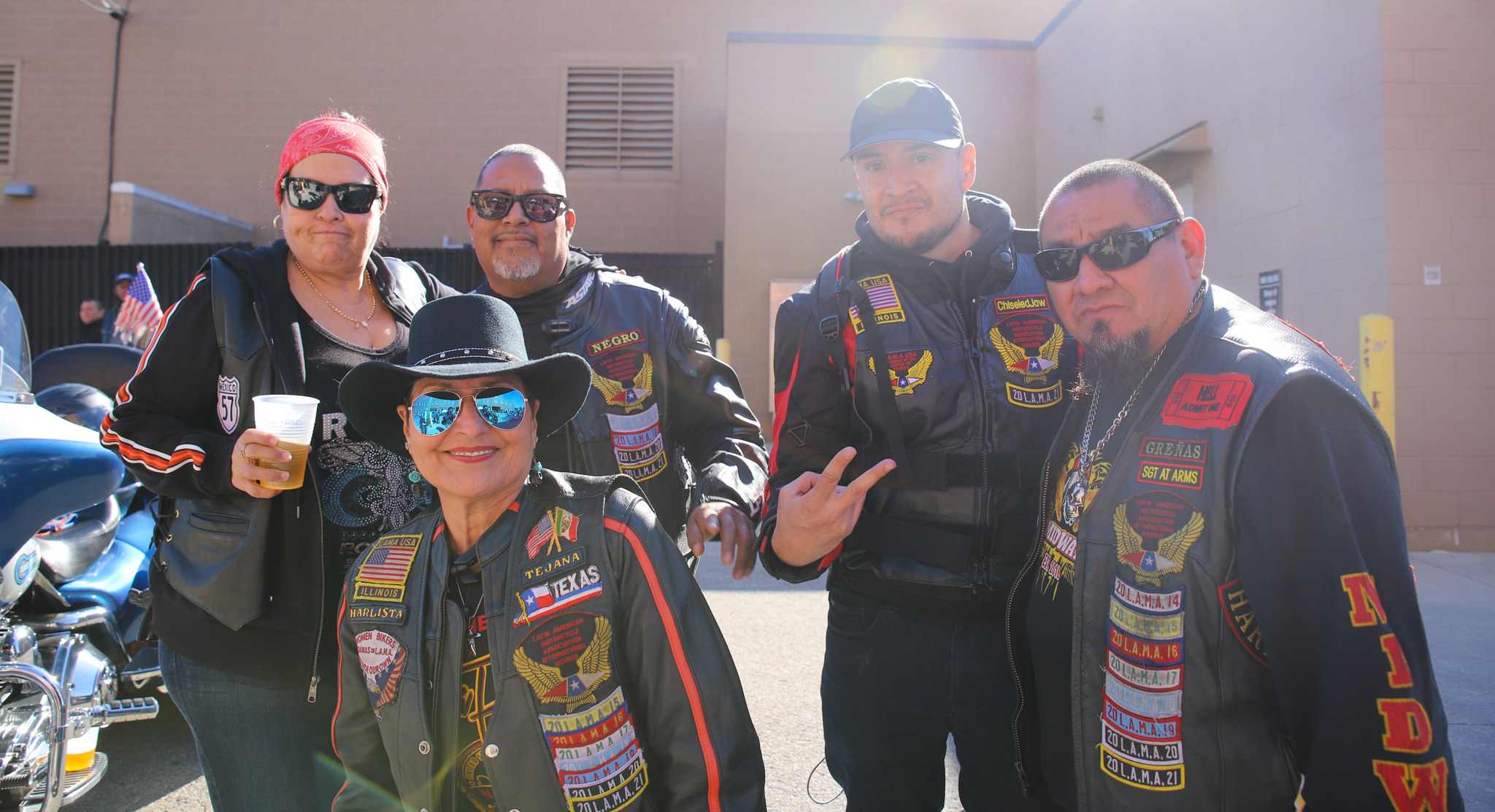
“This festival is everything. I mean, it’s our culture. It reminds us where we come from our ancestors, all of that stuff,” said Melendez. “I mean, for us, at least for me, that I come from Mexico is very special. So I’m here every year.”
Header image and photos by Richard Requena


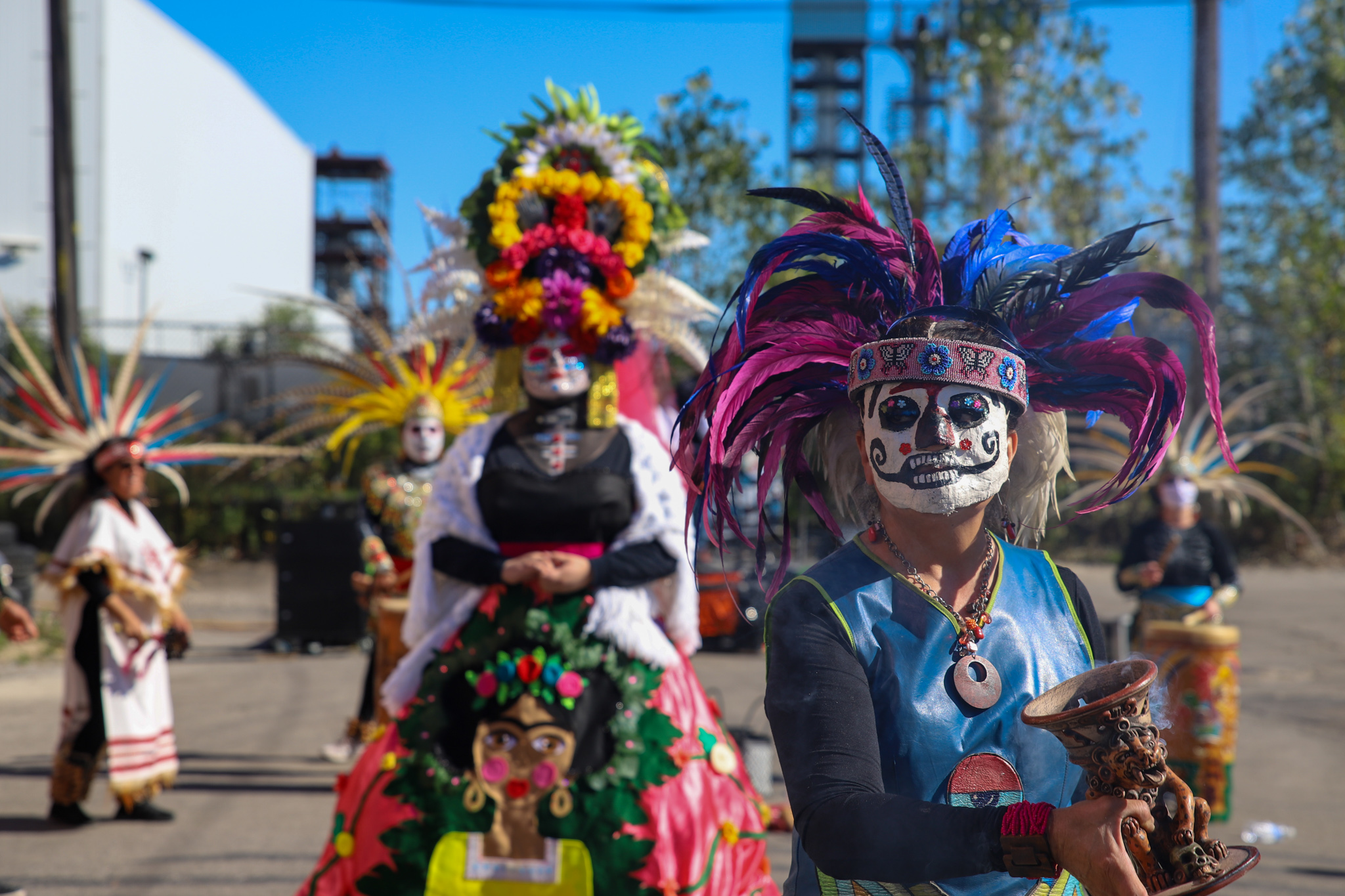

NO COMMENT